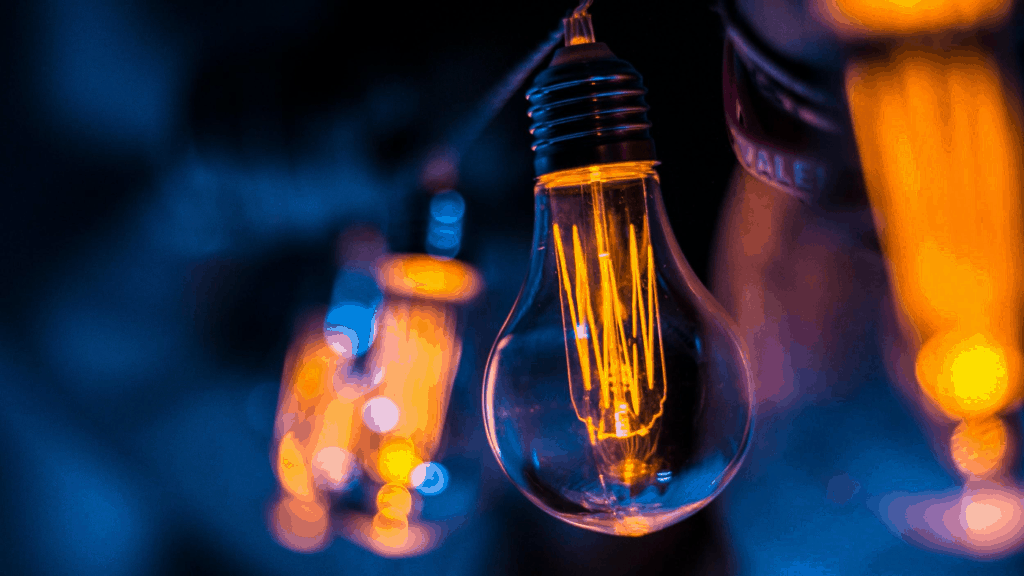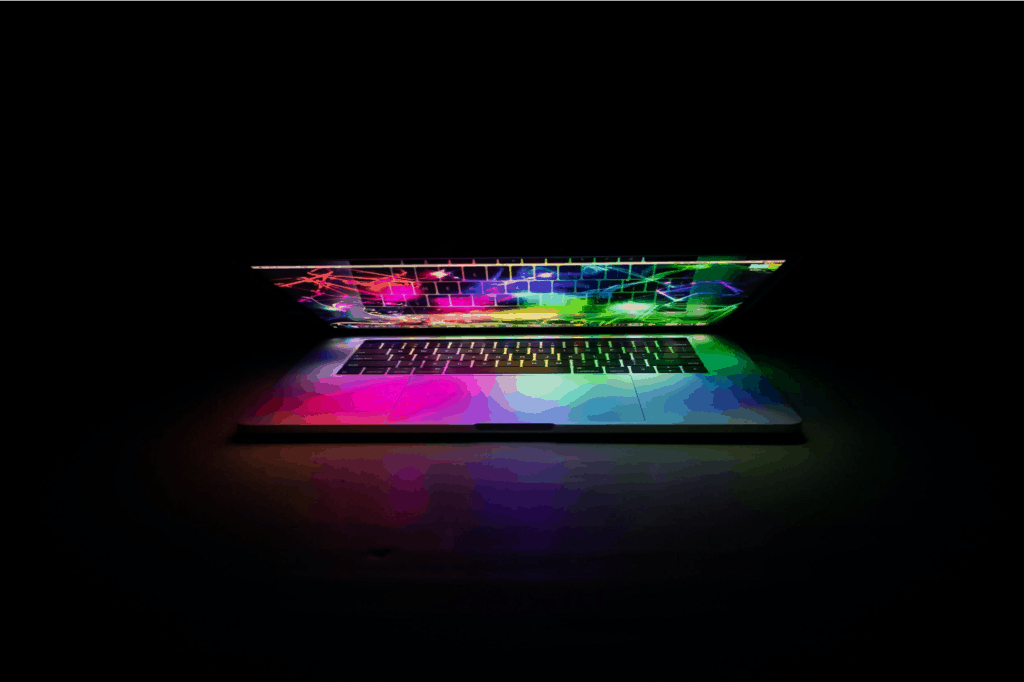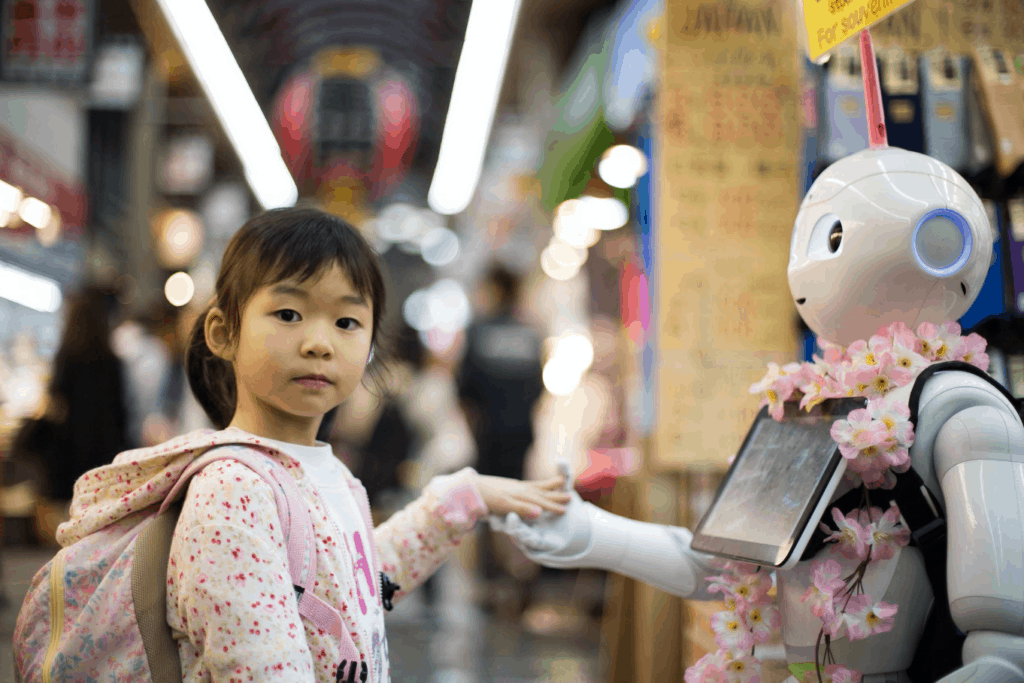Emerging technologies, artificial intelligence (AI) and machine learning are just the tip of the iceberg of what’s slowly gaining traction in this digital age. Many worry that they can be easily replaced by a robot or AI that can work more efficiently and produce a better quality of work.
In fact, many industries have already undergone or are in the process of undergoing digitalisation and moving towards automated processes that do not involve humans. This is more prominent in industries like manufacturing, transportation and storage.
Creativity on the other hand is innately human. Creativity is defined as relating to or involving the use of your imagination or original ideas to create something. And as much as technology tries (at least at this juncture) it is not something that can be replicated. So what value does creativity have in this rapidly evolving age?
What Does It Mean To Be Creative?

According to LinkedIn, creativity does not necessarily mean artistry. This means that it’s not something that just people like artists, graphic designers and writers possess. Creativity is problem-solving with relevance and novelty. But what does that mean?
We can break this definition down into two parts:
- Relevancy: Relevancy means coming up with solutions that solve the problem at hand. A solution without relevancy is no solution at all.
- Novelty: Novelty is defined as being able to solve a problem in an original way, that isn’t what’s expected or has been done before.
In essence, creativity is really just solving problems in an innovative way.
Creativity is a skill, and like any other skill some people are naturally better at it than others. However, this also means that creativity can be cultivated and people can get better at it through time and exposure.
Creativity and innovation within a successful company is a sure path to success. Encouraging and exploring new ideas or ways to do things can lead to increasing the productivity of a business. Encouraging employees to seek new ways to do things and think outside the box by giving them the time and resources to do so is the key to discovering cost-effective business solutions.
Why Is Creativity So Important Today?
For example, being an advertiser or marketer isn’t just as simple as making people aware of products or services and purchasing them. There’s a lot of work and processes behind the scene that contribute to it.
Being in marketing involves doing tasks like consumer behaviour and market research, as well as creative endeavours like content strategy, design and multimedia production. These are not tasks that AI can fully take over. The backbone of this industry in fact, is knowing your audience so well that you can effectively change their minds.
A marketing campaign that sparked discussion was Yoplait.
The campaign was formulated in a bid to re-engage current and new users. After analysing their target audience and realising that most of them were parents, the yoghurt brand decided to tap into a common public debate: mum-shaming.
This related to the often preachy or patronising information given to mothers about how to be a good parent, and the shaming of those who did not follow it. Titled ‘Mom On’, the video depicted mothers addressing some of the common criticisms they faced, such as judgement over breastfeeding in public, returning to work and even drinking alcohol.
Not being afraid to stand with mothers which made up a significant portion of their target audience made the campaign hugely memorable, standing out amid a sea of boring and formulaic ads from their competitors.

While AI and robots can merely analyse data, it takes humans to find trends and put that data to use. Aside from the obvious visual design elements and skills, coming up with evocative campaigns that resonate strongly with your audience is creativity at work—an original idea that is relevant to your viewers and solves their problems or addresses their needs.
Beyond Our Professional Lives
Beyond work, creativity also finds its way into other aspects of our lives. One aspect is problem-solving in our daily life. With creativity, solving complex problems will be easier as having a flexible mind will allow you to view the problem from all angles.
A study published in the Scientific American Magazine found that creativity draws on a variety of neural networks that helps you live longer. This reduces stress and anxiety, improves medical outcomes, and decreases negative emotions. Creativity can also be used as an outlet to express your inner thoughts and feelings.

This is the reason why psychologists recommend creative arts to manage stress levels. Apart from helping you live longer, creativity can also improve the quality of your life and health too.
Amplify Creativity Using Technology

However, technological advancement isn’t all that bad. In fact, it has the potential to free up time and energy to be creative. AI can do the menial tasks of finding assets, streamlining processes or evaluating audience response. It amplifies the bounds that creativity can reach.
As technological progress speeds up and we further discover the bounds of artificial intelligence, humans should strive to excel where technology cannot. Companies are now more interested in finding people who can think of new, better solutions.
Soft skills such as social and creative intelligence will be in greater demand. And since creativity is a skill, we can develop it almost as if working out a muscle. Research shows that when people try to think more creatively, they almost always can — and those effects are both significant and repeatable.
As said by Adobe CEO, Shantanu Narayen, “Machine learning is going to change every single aspect of technology, but no machine will be able to mimic the creative ability of the human mind.”
— —
Hero image: Lucas Sankey, Unsplash
